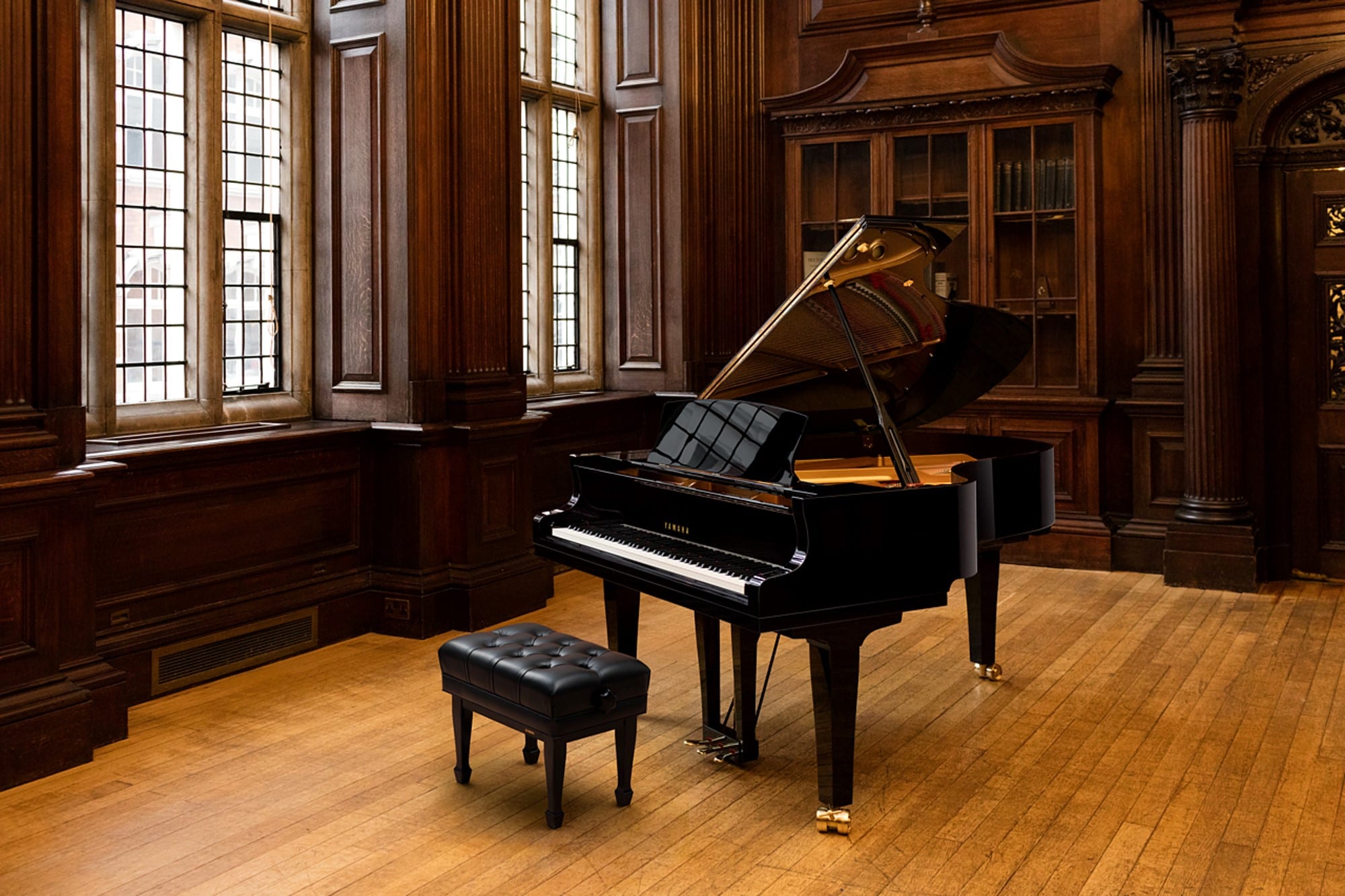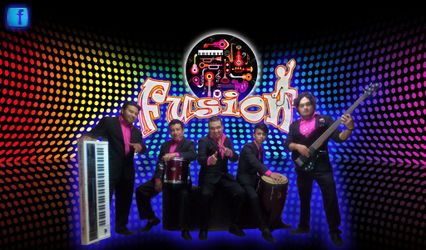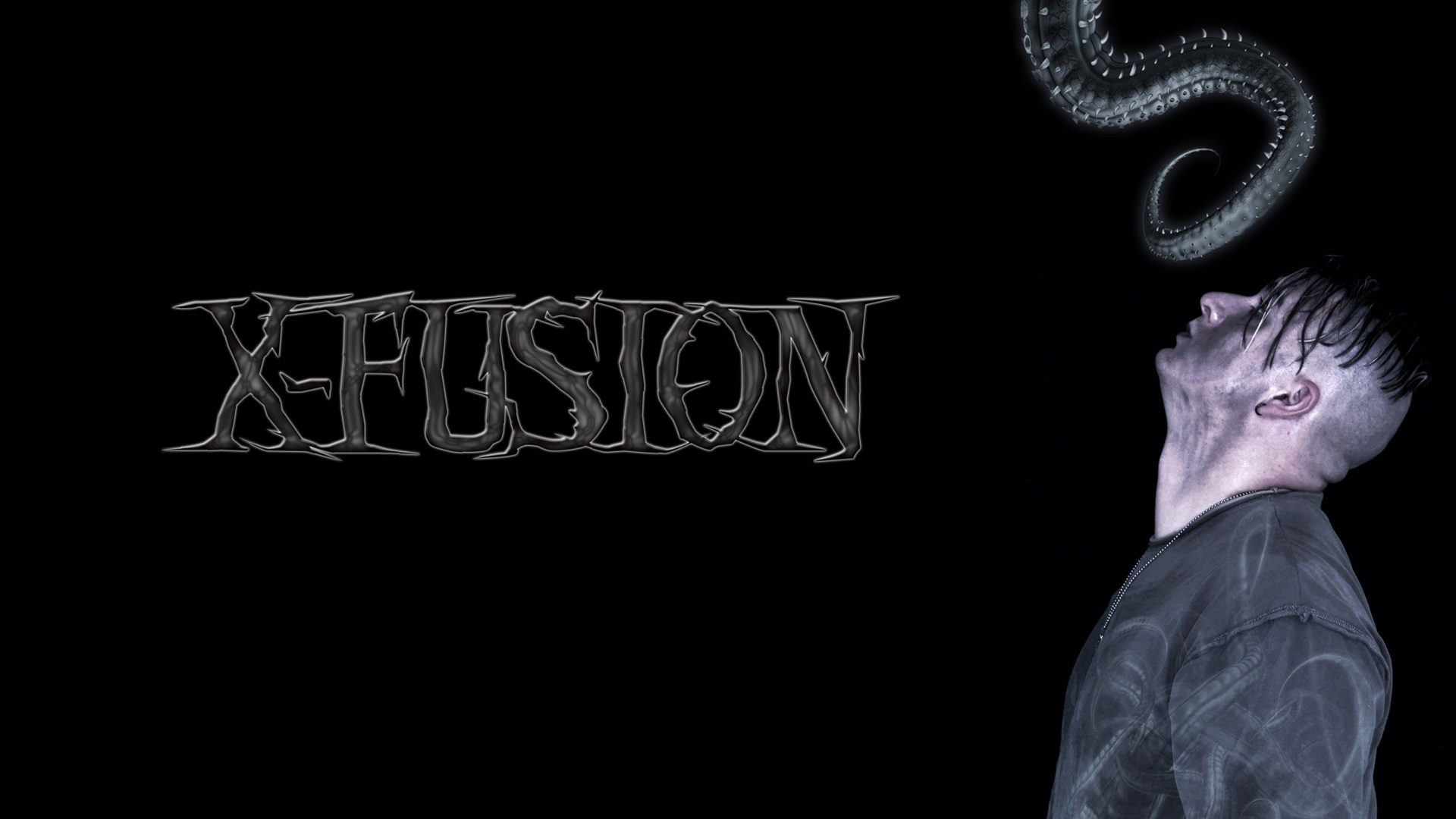

Paquito and Arturo Sandoval went on to become two of the most influential musicians in Latin jazz. lrakere’s repertoire was divided into two styles: one jazz-oriented, with written arrangements and space for soloists, and another one of mostly danceable and sometimes highly commercial music.Īlong with Chucho Valdés on piano, the group at that time had Jorge Varona and Arturo Sandoval (trumpets), Paquito (alto sax) and Carlos Averhoff (tenor sax), Carlos Emilio Morales (guitar), Carlos del Puerto (electric bass), Enrique Pla (drums), and Oscar Valdés II, Armando Cuervo, and Jorge “El Niño” Alfonso (Cuban percussion).
#Mudic fusion plus
The unique hybrid sound of the band, plus the high-level virtuosity of its instrumentalists, led to national and international acclaim. Their sound brings together rock, funk, Afro-Cuban sacred and secular rhythms, Afro-Cuban sacred chants, European classical music, jazz, and several other rhythmic sources. Irakereįounded in 1973, Irakere was the only band in Cuba to successfully put together a repertoire that crossed the line between instrumental jazz and popular dance music.


This effect was used constantly by jazz greats Duke Ellington, Thelonious Monk, and Sonny Rollins. Also very interesting is the use of the hemiola* on the first phrase of the melody (the phrase is made of two rhythmic phrases in 3/4, adding two beats at the end to fill the first two bars). Note how the intro fits perfectly the 2:3 clave* of the guaracha subgenre of Cuban music. Listen to “Mambo Influenciado,” a 12-bar D minor blues with added bebop-style chord changes (known as “Swedish blues” by bebop musicians), that uses several bebop melodic elements as well: arpeggios using chord tones, and chromatic approaches. The musicians in this band included some of the founding members of Irakere, and in this band they took the freedom to further experiment with the instrumentation, specifically adding batá drums and other Afro-Cuban percussion instruments, thus giving birth to the idea for Irakere. Its repertoire included jazz as well as Latin jazz, jazz-rock, and sometimes third-stream or symphonic jazz. In 1967, the Consejo Nacional de Cultura (Cuba’s National Culture Council) decided to establish a band called Orquesta Cubana de Música Moderna, with the intention of creating an all-star orchestra with the best jazz musicians. In 1963, he joined the Orquesta del Teatro Musical in Havana (OTM), together with Carlos Emilio Morales, co-founder of the band Irakere, and sax legend Paquito D’Rivera. Soon after, he joined his father on the bandstand, many times substituting for him and eventually taking over musical direction duties when his father left Cuba in 1960. At age nine, Chucho entered the Conservatorio Municipal de la Habana where he graduated at age 14. In 1941, Chucho Valdés was born in Quivicán, Cuba, to the great pianist Bebo Valdés. You will also notice that some music terms are marked with an asterisk, and you can find their definitions at the very end. You can follow along with the listening examples provided in a Spotify playlist on the berkleeonline account called “ Cuban Fusion.” The musicians we will examine here opened the doors to all sorts of fusions between styles, and musicians from different parts of the world followed their example. Others like Gonzalo Rubalcaba (Cuba) and Danilo Pérez (Panamá) borrowed elements from Cuban music to come up with their own personal style of playing contemporary jazz music.

Also, some musicians who were not from Cuba like Papo Lucca and Eddie Palmieri (who both come from Puerto Rican ancestry) became renowned artists that incorporated Cuban and jazz elements. Chucho’s band, Irakere, was indeed a trailblazer, especially by using Afro-Cuban folkloric elements and funk/rock elements. That’s Chucho pictured in the main image of this article. Some Cuban musicians like Chucho Valdés started combining other music styles with traditional Cuban music. This includes interaction with US jazz culture, which started in the mid-1920s and continues today. The following information on Cuban music is a sneak peek from the Berklee Online course Latin Piano Styles, authored by Nando Michelin, which will soon be enrolling for Winter 2023.Īs Cuban music rose to international popularity in the early twentieth century, and Cuban musicians started traveling to perform abroad, a natural mix of styles came about.


 0 kommentar(er)
0 kommentar(er)
